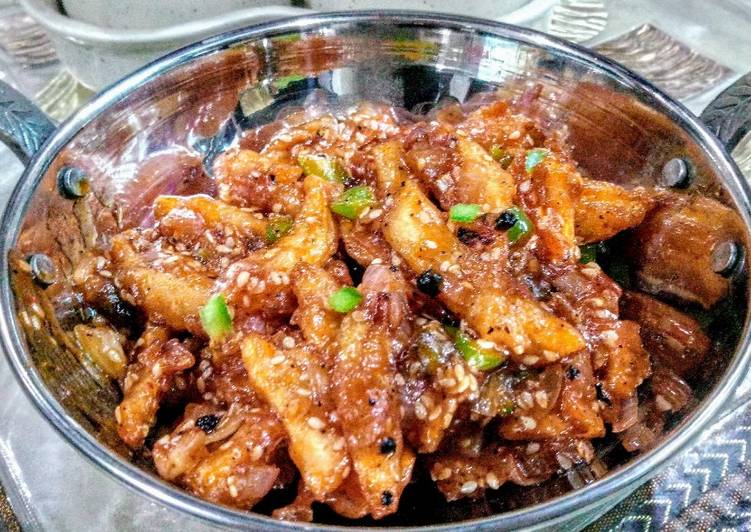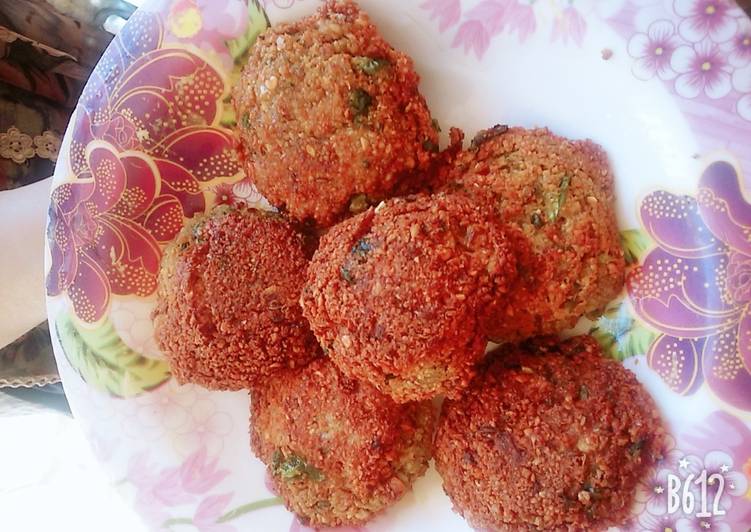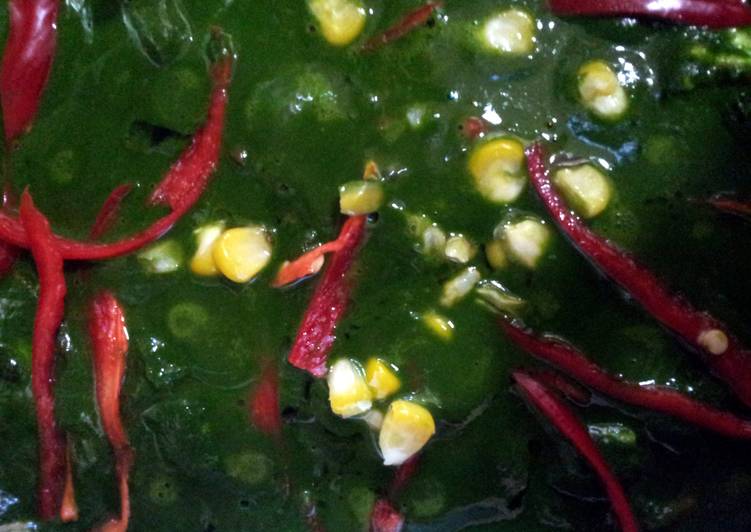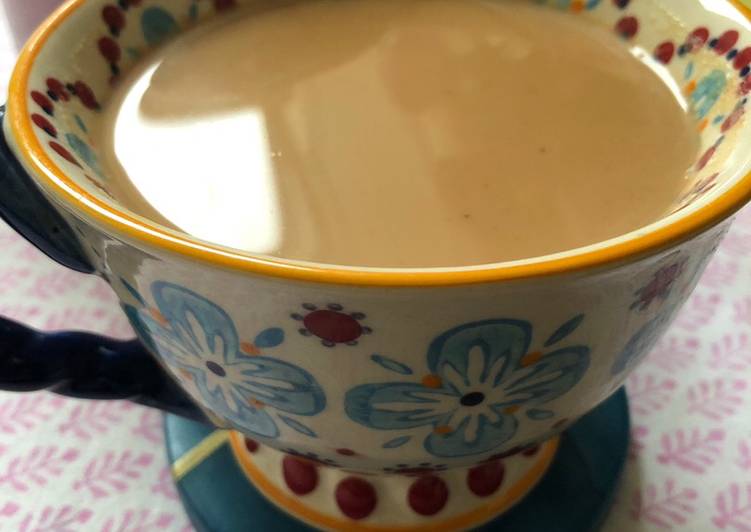Recipe of Appetizing Cassava leaves
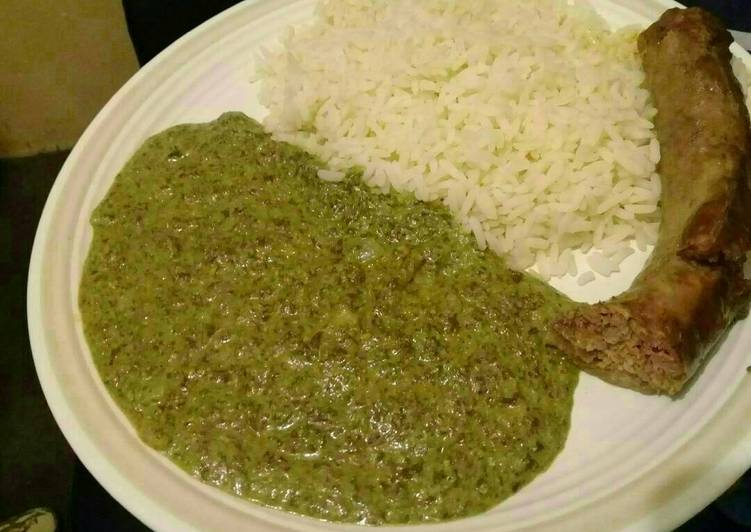
Cassava leaves Recipe. How to prepare it? What are the ingredients? Cooking tips and more… This is one of my favourite food recipe, this time i will make it a little bit tasty.
Cassava leaves are lower in calories. The leaves of cassava are rich in lysine protein which helps to fight against the kwashiorkor which is caused due to the protein deficiency.
Here is the best “Cassava leaves” recipe we have found so far. This is gonna really delicious.
Ingredients of Cassava leaves
- It’s 4 handfuls of cassava leaves, finely chopped.
- Prepare 3 of large onions.
- You need 2 cups of ground peanuts.
- You need 6 cloves of garlic.
- You need 3 litres of water.
- Prepare 1 sachet of benny spice.
This makes the leaves perfect for fighting against protein deficiency conditions like Kwashiorkor.Cassava hay or cassava leaf meal used as a protein supplement in goats, sheep or cattle fed on poor quality diets have positive effects on animal performance.Cassava foliage is a premier forage.Cassava is a tuberous, woody, shruby perennial plant, Manihot esculenta, of the Euphorbiaceae (spurge family), characterized by palmately lobed leaves, inconspicuous flowers, and a large, starchy, tuberous root with a tough, papery brown bark and white to yellow flesh.
Cassava leaves instructions
- Rinse then finely chop leaves with garlic.
- Start cooking add water slowly until it's well cooked.
- Chop onions add with benny spice and pinch salt.
- Add ground peanuts and water let's cook for an hour.
- Best served with rice.
Benefits of cassava leaves not only as healthy foods that contribute a lot of nutrients, but cassava leaves are also very useful for traditional medicine.Cassava leaf soup also known as saka saka or pondu is a simple, yet tasty and substantial soup that is widely consumed in many parts of Central Africa especially in countries like Sierra Leone, and Liberia.Cassava leaves are great for healing injuries and wounds.
Cassava leaves can supply a good source of vitamins and protein which can also be consumed after cooking.Cassava hay is used as animal feed and it plays a role in the production of adhesives.Cassava (Manihot esculenta) is a root vegetable used for both culinary purposes and in folk medicines.Cassava is an important tuber crop (alongside potatoes and yams) and one of the most important.A wide variety of cassava leaves options are available to you, such as part, processing type, and cultivation type.
